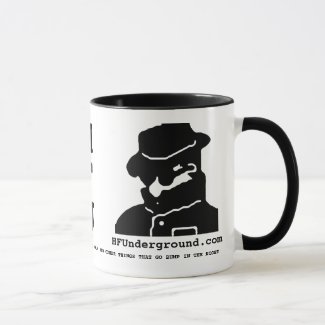Unfortunately the person doing the page appears to be pretty new to the hobby (or at least was when they started the page), and there are several issues on the page. Also, I have suggested changes / corrections but no response and no corrections. I am not sure at this point if the page is still maintained. I identified Unknown 24 months ago, and someone else did 15 days ago, but it is still "unknown".
Issues that I see:
Many of the examples contain too little data to be helpful. No baud rates, no shift rates, no key identifying features for most signals.
Most of the spectrum displays contain no scaling information, so it is impossible to tell how wide or narrow the signal is. The images of DRM and STANAG 4285 could be the same thing under different atmospheric conditions, at least as far as the examples go.
The pilot tone and width of HFDL is important to IDing that signal, and yet no information is given about them, and no scale included to judge them for yourself.
Blanket statements are often made that could be misleading. Things like the JT65a entry, giving specific times and frequencies, as well as a location, Germany. While in reality it is heard 24 hours a day on different bands, and World wide. And no place is it identified as a ham radio weak signal mode.
The page really needs to be restructured before it can be really useful. Then if contributors who know the signals took part it could develop into a decent tool.
Guidelines need to be posted, establishing guides for folks adding data, defining what data should be included at a minimum. For example, on that page does "Location" mean location where the signal was heard? Or the location of the source? Does "Frequency" mean the frequency that was heard (and is that its only freq?), or does it mean the frequency range you can expect to find it in?
I would be glad to contribute myself, but until the page is redefined somewhat I feel it would be a wasted effort. On the other hand, what does it take to set up a Wiki? Might be an interesting addition here on HFU, or at another location. And a well planned page such as that, initially put together by people familiar with the types of signals encountered, would be much more useful with room to grow.
T!



